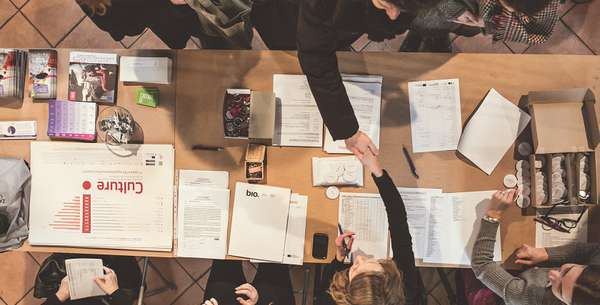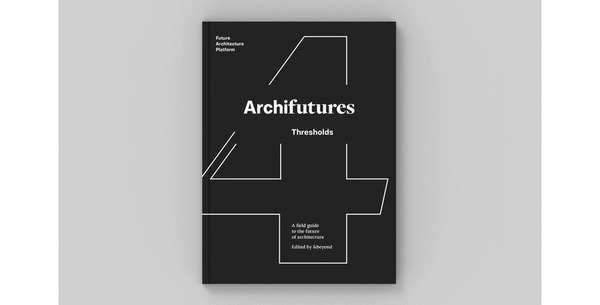Idea by
Mika Savela and Henrik Drufva
Selim Projects
Call for ideas 2017
Proxima Utopia
Proxima Utopia
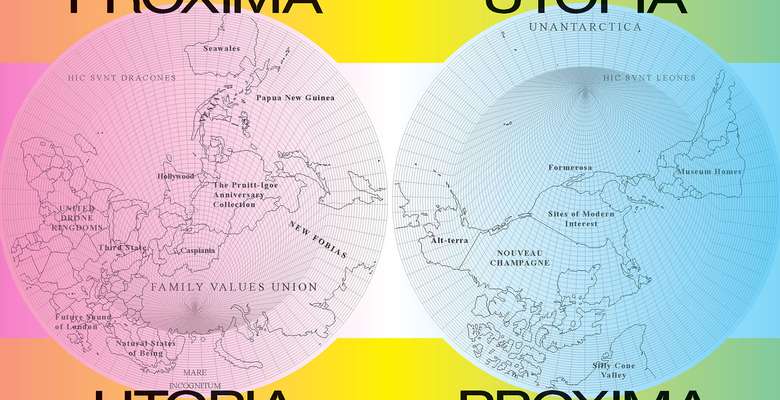
Perhaps following a cycle (and anticipation) of global crisis developing today, architecture finds itself again drawn to utopias. However, as today our understanding of modernities has become multi-centered and simultaneous, we are witnessing also several deviant ways in how future societies are being pursued. "Proxima Utopia" represents a project for an atlas that seeks to provide speculative cartography and imagery for these developments. It is not as such a "mappa mundi", consisting of what we currently know of the world, but more of a design-led inquiry into the "other" directions that global development might take – with or without the benevolent and harmonious past understandings of utopias. While not potentially desirable, the scenes discussed in the atlas seem yet plausible, deriving from current global politics, power relations, economy, surveillance, the post-internet and the looming ecological changes – the real contexts of future architecture.
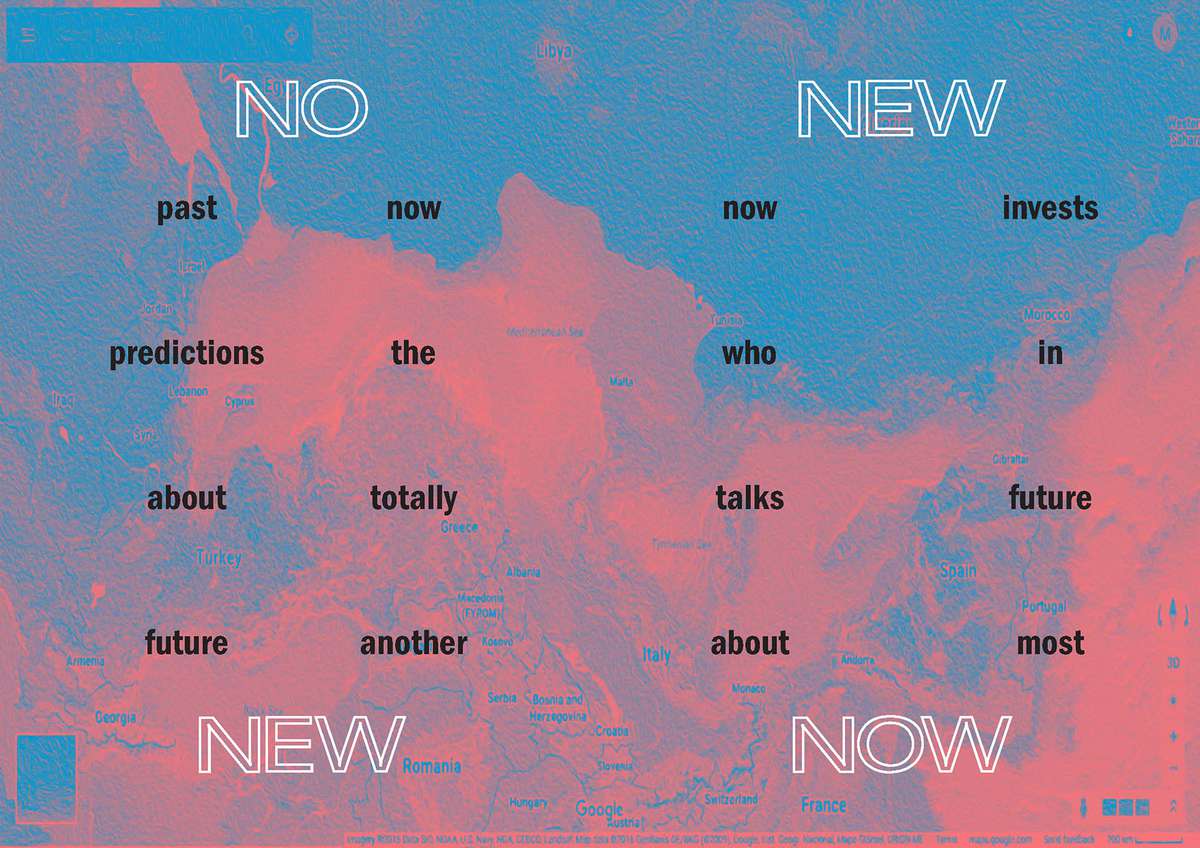
Our current cartography is informed by the past understandings of central and peripheral, civilized and barbarian, north and south. These simplified orientations may not apply in the future.

In medieval maps, unknown territories and perilous edges of the world were written off as belonging to sea monsters and dragons. With rising sea levels on a planetary scale, the edges no longer differ from the known centers.
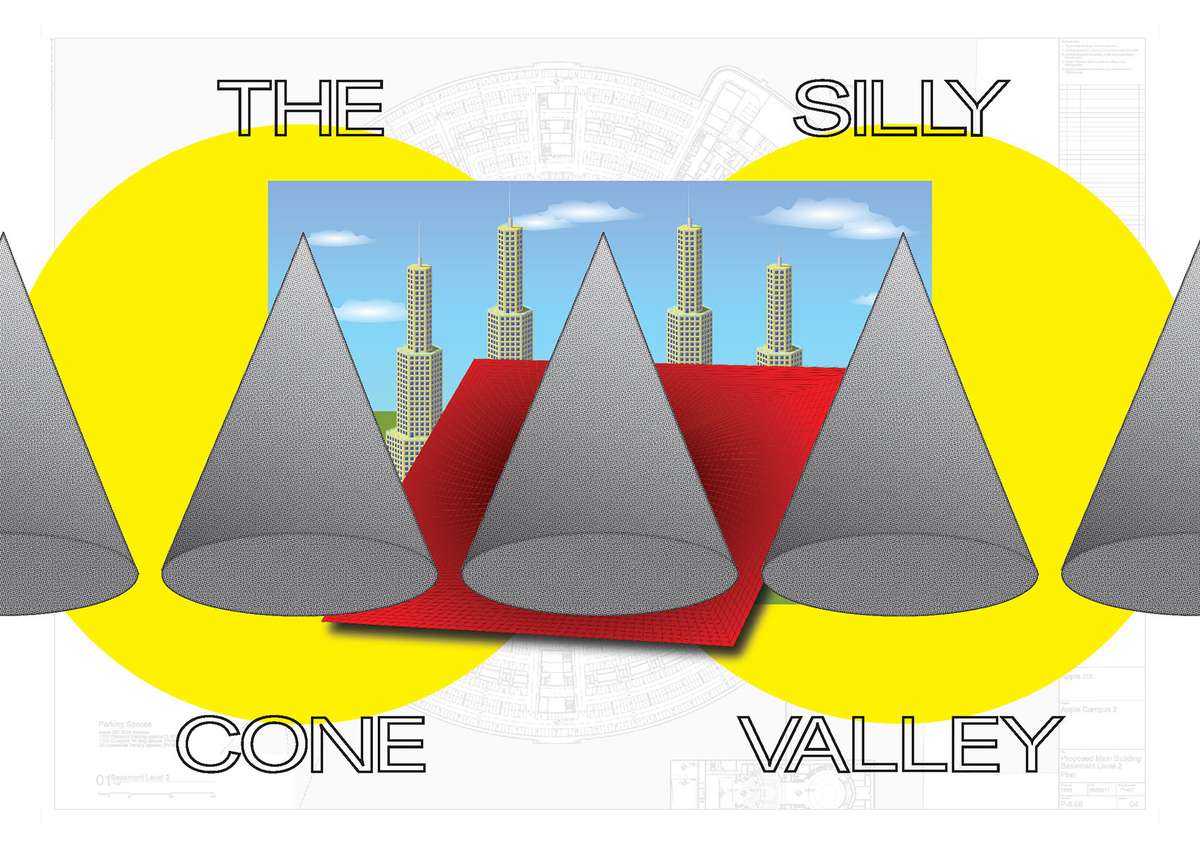
Clustered technology industries are effecting cities, regions and their planning and economies in an unprecedented way. However, their affluence and smart lifestyles are still tied to corporations, instead of communities or traditional urban mechanisms.
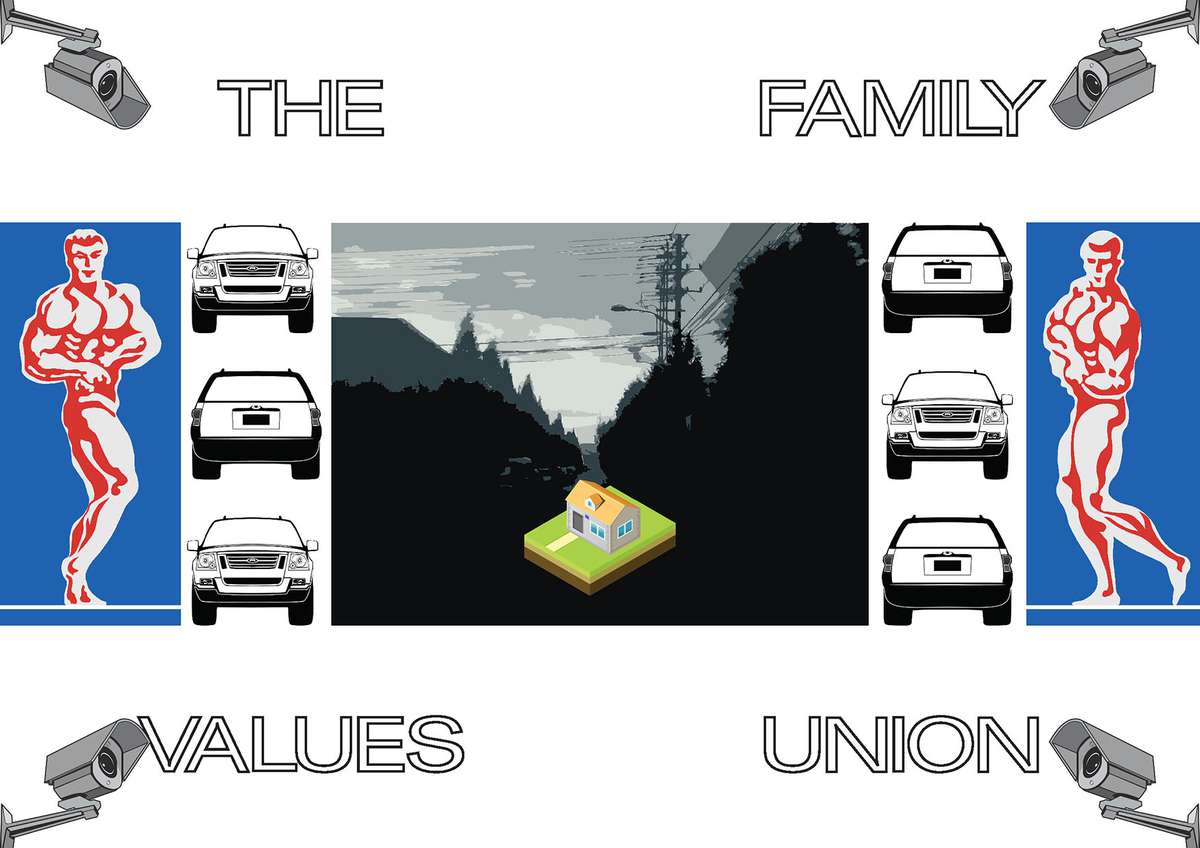
Popular conservatism and surging nationalism are already shaping the physical world. Walls, barriers, institutions and monuments are becoming more commonplace. Traditional homes, nuclear families, safety and surveillance are becoming rhetorically coupled.

Past and future achievements of architecture and design are becoming indistinguishable. Failures or success stories of the modern past and contemporaneity are turning equally objectifiable. Global urbanization as modernity becomes a shared past.
Proxima Utopia
Proxima Utopia

Perhaps following a cycle (and anticipation) of global crisis developing today, architecture finds itself again drawn to utopias. However, as today our understanding of modernities has become multi-centered and simultaneous, we are witnessing also several deviant ways in how future societies are being pursued. "Proxima Utopia" represents a project for an atlas that seeks to provide speculative cartography and imagery for these developments. It is not as such a "mappa mundi", consisting of what we currently know of the world, but more of a design-led inquiry into the "other" directions that global development might take – with or without the benevolent and harmonious past understandings of utopias. While not potentially desirable, the scenes discussed in the atlas seem yet plausible, deriving from current global politics, power relations, economy, surveillance, the post-internet and the looming ecological changes – the real contexts of future architecture.

Our current cartography is informed by the past understandings of central and peripheral, civilized and barbarian, north and south. These simplified orientations may not apply in the future.
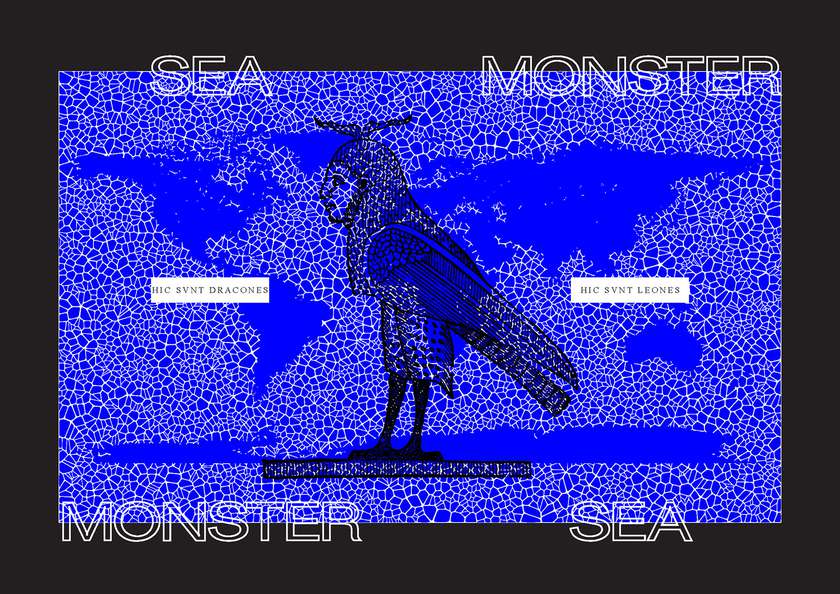
In medieval maps, unknown territories and perilous edges of the world were written off as belonging to sea monsters and dragons. With rising sea levels on a planetary scale, the edges no longer differ from the known centers.

Clustered technology industries are effecting cities, regions and their planning and economies in an unprecedented way. However, their affluence and smart lifestyles are still tied to corporations, instead of communities or traditional urban mechanisms.
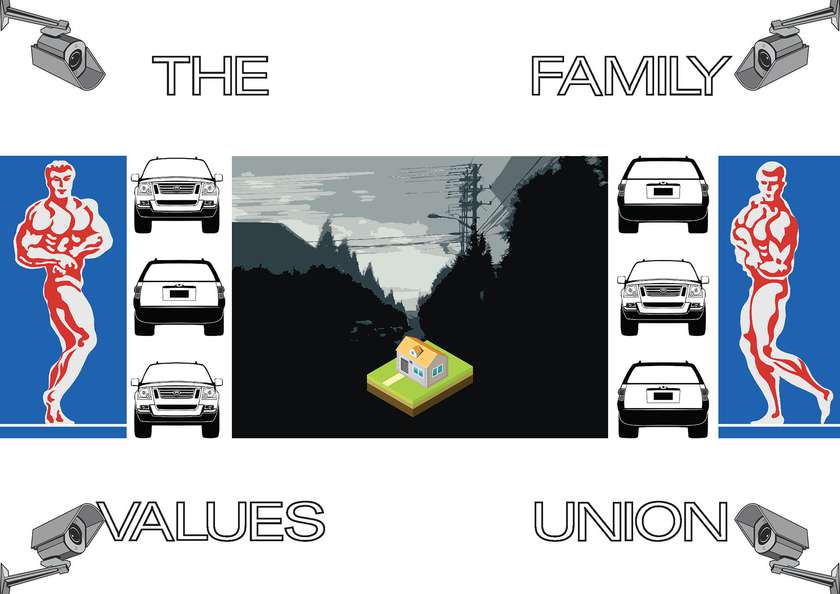
Popular conservatism and surging nationalism are already shaping the physical world. Walls, barriers, institutions and monuments are becoming more commonplace. Traditional homes, nuclear families, safety and surveillance are becoming rhetorically coupled.
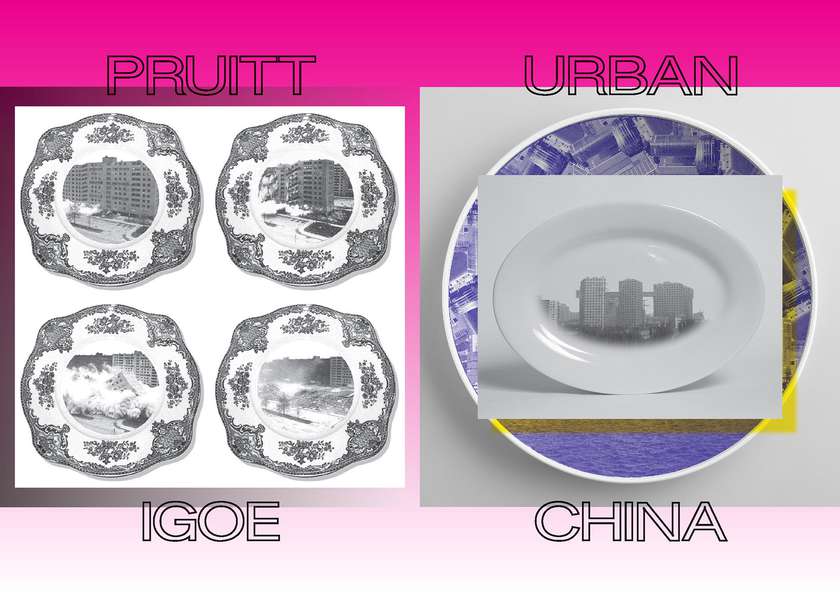
Past and future achievements of architecture and design are becoming indistinguishable. Failures or success stories of the modern past and contemporaneity are turning equally objectifiable. Global urbanization as modernity becomes a shared past.



